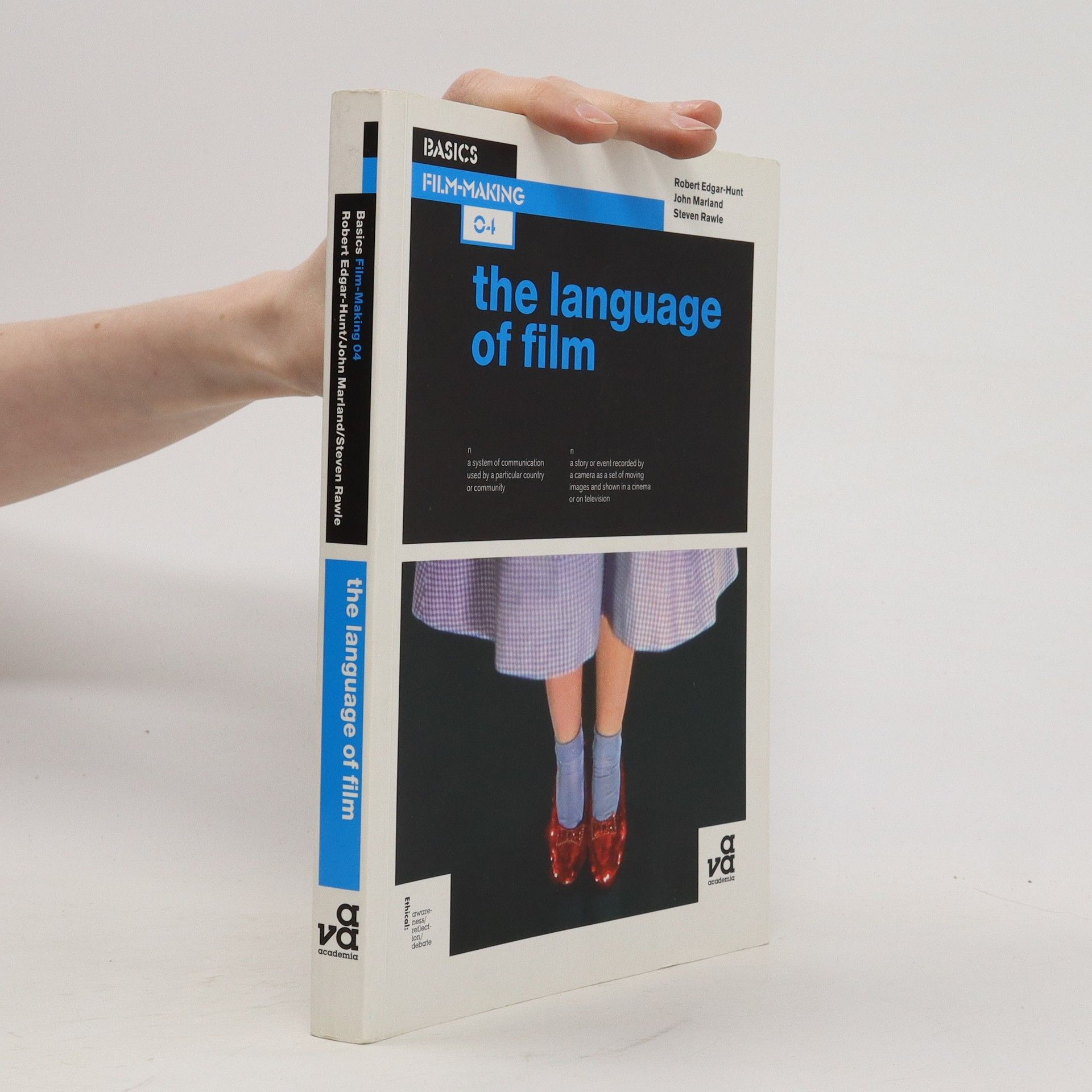Basics Film-Making 04: The Language of Film explores the means by which film communicates meaning.Most films are a mosaic of fractured images and fragmented narratives, yet we have little problem piecing them together into a complete, meaningful sequence. The average audience is capable of following the most labyrinthine plots, feeling genuine emotion for characters, and believing that their worlds continue to exist even after the film has ended.This book discusses the stories films tell, the sign-systems they deploy, the interpretive contexts we are invited to place them in, and the range of aesthetic elements which contribute to the cinematic image.
Steven Rawle Livres




Performance in the Cinema of Hal Hartley
- 360pages
- 13 heures de lecture
Hal Hartley stands out in the independent cinema movement of the late 1980s and 1990s for his distinctive voice and unique filmmaking style. His films are characterized by wry, aphoristic dialogue and stylized performances, often employing a muted, minimalist aesthetic. Hartley's work challenges traditional cinematic conventions, particularly in performance, and encourages viewers to engage in a more complex emotional experience. Since 1999, he has further refined his approach by delving into extreme digital stylization, carving out a specific niche in contemporary cinema.
Transnational Cinema
- 276pages
- 10 heures de lecture
This core teaching text provides a thorough overview of the recently emerged field of transnational film studies. Covering a range of approaches to analysing films about migrant, cross-cultural and cross-border experience, Steven Rawle demonstrates how film production has moved beyond clear national boundaries to become a product of border crossing finance and creative personnel. This comprehensive introduction brings together the key concepts and theories of transnational cinema, including genre, remakes, diasporic and exilic cinema, and the limits of thinking about cinema as a particularly national cultural artefact. It is an excellent course companion for undergraduate students of Film, Cinema, Media and Cultural Studies studying transnational and global cinema, and provides both students and lovers of film alike with a strong grounding in this timely field of film studies.
Examines the ways in which the kaijū eiga has developed into a global genre